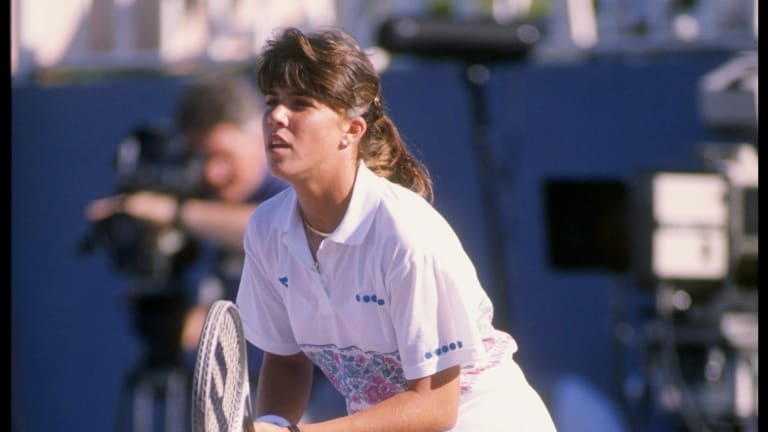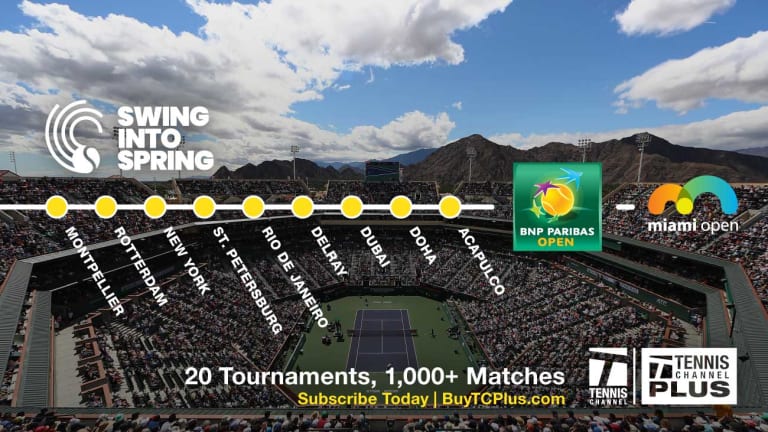Throwback Thursday: 1990, Jennifer Capriati turns pro at 13
By Mar 05, 2020Miami, USA
Top 5 Miami Finals, No. 4: Venus Williams d. Jennifer Capriati, 2001
By Mar 22, 2024Tennis Honors: Serena Williams
In photos: 16 rivals that defined Serena's iconic career
By Aug 19, 2022Tennis Lessons
On This Day: Jennifer Capriati Strikes Gold at 1992 Olympics
By Aug 07, 2022Tennis Lessons
Twenty years ago today, Jennifer Capriati claimed the world No. 1 ranking
By Oct 15, 2021Facts & Stats
The Greats' last wins: a look at the first 20 No. 1s
By Jun 21, 2021Wayback Wednesday, 2001 & 2007: The Williams' wild Miami comebacks
By Mar 31, 2021Miami, USA
TBT, 1992: Jennifer Capriati edges fellow teen Monica Seles in Miami
By Mar 18, 2021Australian Open
Twenty years ago: Capriati wins first major in Melbourne
By Feb 16, 2021Australian Open
On this day 20 years ago: Jennifer Capriati wins her first major title
By Jan 27, 2021Throwback Thursday: 1990, Jennifer Capriati turns pro at 13
From Capriati's early success, and eventual burnout, came the so-called Capriati Rule—which is currently impacting another American prodigy.
Published Mar 05, 2020
Advertising

Throwback Thursday: 1990, Jennifer Capriati turns pro at 13
© Getty Images
Advertising

Throwback Thursday: 1990, Jennifer Capriati turns pro at 13